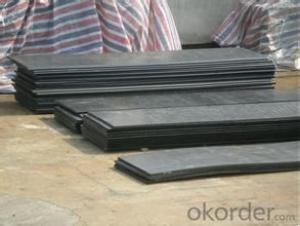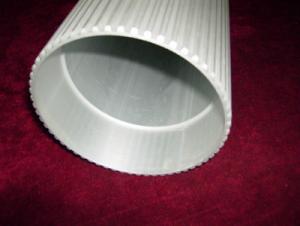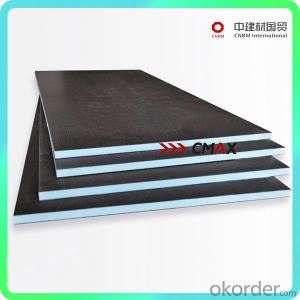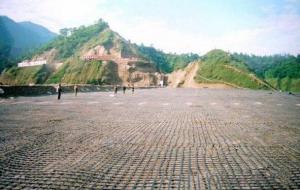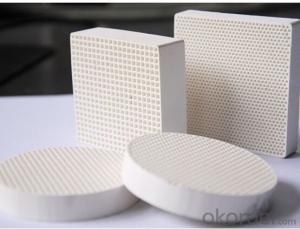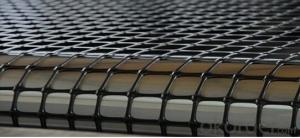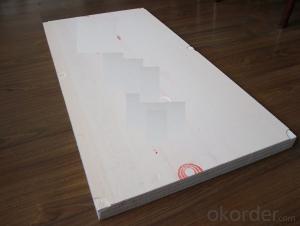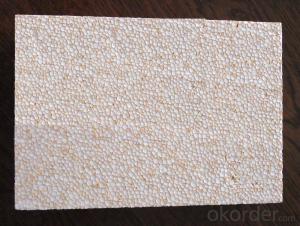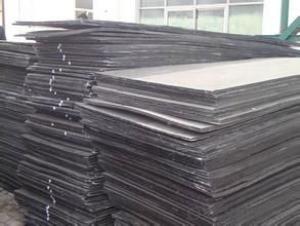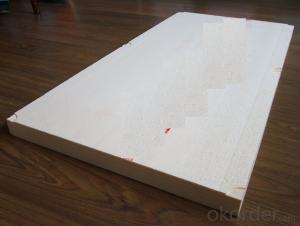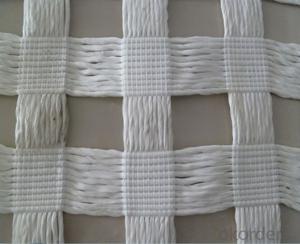Extruded Geogrid
Extruded Geogrid Related Searches
Fridge With Freezer On Bottom Driveway Pillars With Lights Blu Ray Player With Recorder Blu Ray Player With Internet Geogrid In Retaining Walls 1708 Biaxial Fiberglass Tape Pullout Resistance Of Geogrid Geogrid Warp Knitting Machine Srw 3 Series Geogrid Biaxial Plastic GeogridHot Searches
Fiberglass Scaffolding For Sale Fiberglass Panels For Sale Fiberglass Greenhouses For Sale Geogrid Fabric For Sale Gas Powered Core Aerator For Sale Revolution 4 Propeller For Sale Alabaster Carving Stone For Sale Geogrid For Sale Near Me Tensar Geogrid For Sale Geogrid For Sale Ex Display Log Cabins For Sale Photoelectric Cells For Sale Athletic Lockers For Sale Cubicle Partitions For Sale Stearman Propeller For Sale Palram Greenhouses For Sale Gumbo Bowls For Sale Suzuki Propellers For Sale Freight Crates For Sale Outhouse Sheds For SaleExtruded Geogrid Supplier & Manufacturer from China
Okorder.com is a professional Extruded Geogrid supplier & manufacturer, offers integrated one-stop services including real-time quoting and online cargo tracking. We are funded by CNBM Group, a Fortune 500 enterprise and the largest Extruded Geogrid firm in China.Hot Products
FAQ
- Geogrids are used in road construction to reinforce the soil and provide additional strength to the pavement. They are laid within the layers of the road, typically between the subgrade and the base course, to distribute the load and prevent the spreading of cracks. Geogrids help improve the stability and durability of the road, reducing maintenance needs and extending its lifespan.
- The effect of soil type on geogrid performance is significant. Different soil types have varying properties such as particle size, compaction, and stability, which directly influence the interaction between the soil and geogrid. Cohesive soils like clay may provide better interlocking with the geogrid, resulting in improved load-bearing capacity. On the other hand, granular soils like sand or gravel may offer less resistance to the geogrid. Therefore, understanding the soil type is crucial in determining the appropriate design and installation of geogrids to ensure optimal performance and long-term stability.
- Geogrids improve load distribution in foundations by providing a stable and reinforced base for the structure. They help to distribute the weight of the load more evenly across the foundation, reducing the concentration of stress points. This ultimately increases the load-bearing capacity and stability of the foundation, preventing settlement and potential failure of the structure.
- Yes, geogrids can be used in coastal erosion control. Geogrids are commonly employed in coastal areas to stabilize soil and prevent erosion by reinforcing the ground and enhancing its resistance to erosion forces such as waves and currents. They provide effective erosion control measures by acting as a barrier against soil movement and preventing the loss of valuable coastal land.
- Yes, geogrids are generally resistant to UV radiation. They are designed to withstand prolonged exposure to sunlight without significant degradation or loss of performance.
- How to distinguish the vertical and horizontal geogrid
- Because the normal use of the vertical and horizontal is the same

















